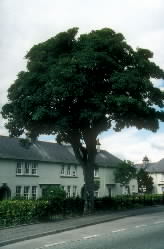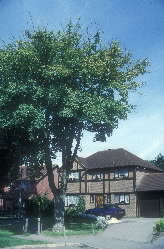Summary
What is the best way to assess how local people and the economy benefit from street trees?
Summary

Local authorities have a duty to protect trees that are considered to be in the public’s interest, but there are several methodologies for estimating their amenity value. Forest Research conducted a literature and methodological review of three different valuation systems: ‘Capital Asset Value for Amenity Trees’ (CAVAT), Helliwell and i-Tree (originated in the United States).
Key findings
- i-Tree
Free, non-proprietary, open-source system
Strong emphasis on assessing economic and environmental annual benefits
Covers the social and cultural component of value
Significant advantages of flexibility, detailed output and allowing a wide range of benefits to be assessed, provided data is available
Meets the needs of small communities and large city metropolitan areas. - CAVAT
Considers the value of a tree over its remaining expected lifetime
Covers social and cultural issues
Simpler to implement if data is limited - Helliwell
Emphasis on visual amenity
Generates the most variable valuation outcomes
Best suited to single tree and small-scale community evaluations, but can also handle urban woodlands
Publications
Report – Street tree valuation systems research note
Funders and partners
Commissioned and funded by the Forestry Commission
Status
The project was completed in 2008.
